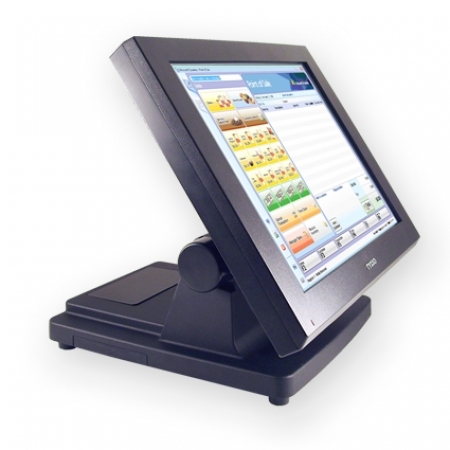Credit card fraud is a massive problem. More than a quarter of all credit card holders in the world have been the victim of fraud during the last 5 years. 42 percent of U.S. credit card holders have been victims, the second-highest rate in the world (Mexico is first). Credit card fraud is easy to perpetrate for several reasons but it’s mainly due to a card’s underlying technology – the magnetic stripe. Using magnetism to record information was first invented during World War II and IBM developed the first reliable magnetic stripe storage system embedded into plastic cards in 1960. Amazingly, we are still using the same technology to transact billions of dollars a day over 50 years later. That’s about to change.
The major U.S. issuers and processors of credit, debit and charge cards have voluntarily agreed to begin phasing out magnetic stripe cards in exchange for a more secure technology called EMV which refers to the hardware and software protocols that makeup the technology. EMV cards come embedded with an integrated circuit (computer chip) which can be read securely by point-of-sale terminals equipped with the necessary hardware and software. EMV has already been widely adopted outside of the U.S., which is one of the reasons why the majority of incidents of credit card fraud each year happen here.
Small business owners that except credit, debit and charge cards need to start getting their businesses ready. New point-of-sale technology will be required to process the cards. Unlike magnetic stripe cards that are slid through a ready, EMV cards are “dipped” into the reader and cannot be removed until the transaction is complete.
Because the industry has voluntarily decided to make the transition to this more secure technology, there is no law in place that requires merchants to invest in new POS systems or accept EMV cards. To address this problem, card issuers have announced the following policies:
Dual-use cards will be created
For the time being many new cards will come with both an EMV chip and a magnetic strip. Processors will continue to accept cards swiped at magnetic terminals. That way cardholders can continue to conduct business at stores that haven’t upgraded to EMV.
Liability shift begins in October 2015
Under current policies, card issuers absorb the costs related to fraud. Neither the business nor the consumer bears responsibility for a fraudulent transaction. That will change as of October 1, 2015. The card issuers will then hold the least secure link in the transaction chain responsible for the cost of fraud. If a card processing company doesn’t offer their clients EMV technology then they will have to pay. If a business refuses to transition to EMV technology even though it’s offered to them then they will have to pay. Gas stations have been given until 2017 to upgrade their pumps given the costs involved. The complete timeline is available here.
Despite these policies and the risks involved, it’s expected to take some time before all cards are EMV compliant. The liability shift is the biggest risk to small businesses, as they could be on the hook for thousands of dollars of merchandise purchased fraudulently. It’s better to start setting aside funds to upgrade your technology over the next year.
Learn more about POS systems here: toppossystem.com
